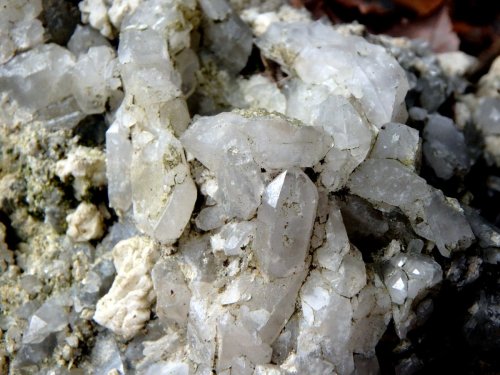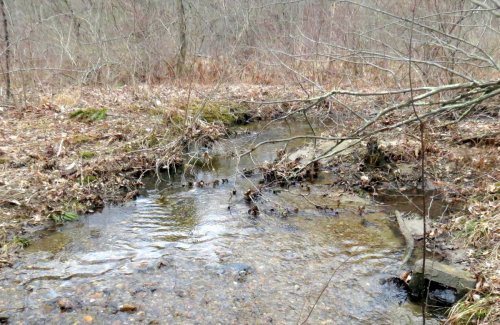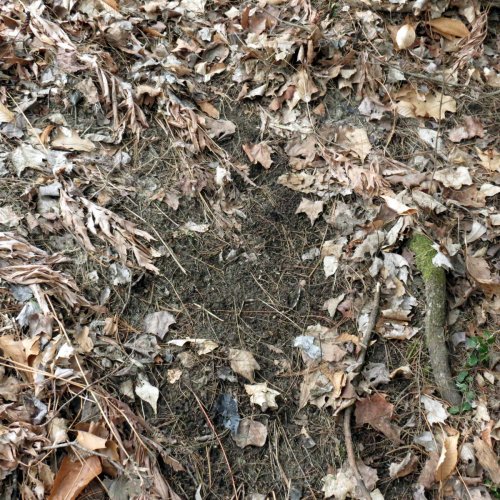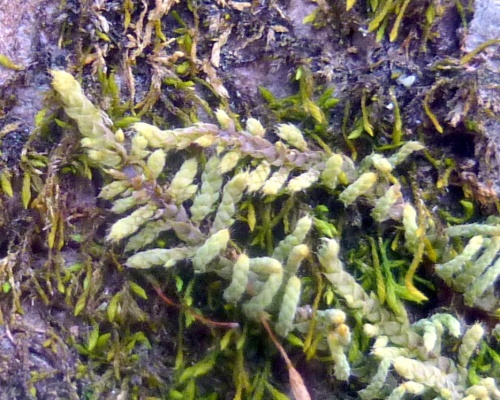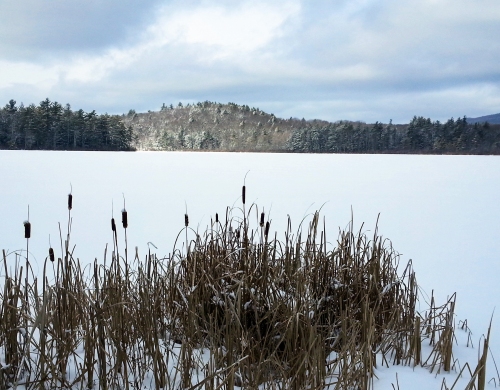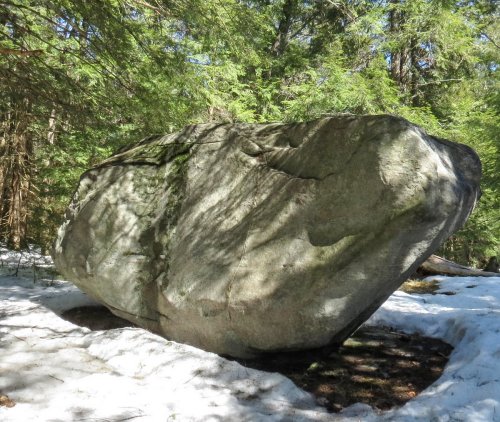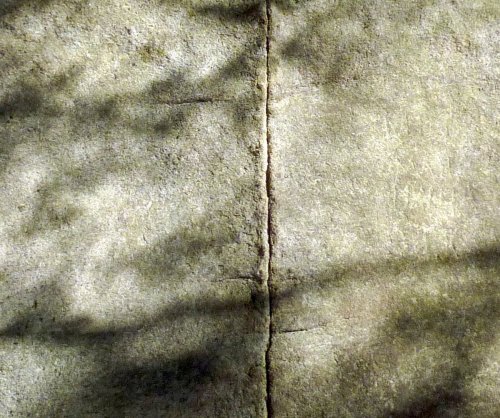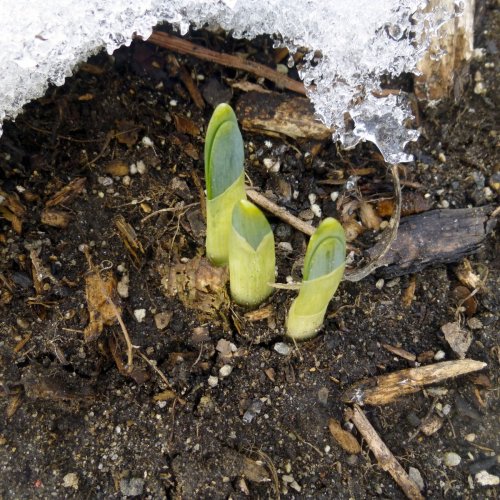Since I often tell readers of this blog that they don’t even have to leave their yards to enjoy nature I like to practice what I preach every now and then and restrict my wandering to my own yard. This time I found that the birds had eaten every crabapple from my tree except one. Things like this always make me wonder what it is about that one crabapple that turned them away. It also makes me wonder how they knew that it was different from all the others.
The seed eaters haven’t touched the black-eyed Susan seeds (Rudbeckia hirta). That’s odd because the birds planted them; one year a few plants appeared and I just left them where they grew.
The birds seem to have gone for the coneflowers (Echinacea purpurea) first, as just about every seed head has been at least partially stripped. I planted one plant years ago but now there are several scattered here and there in the yard and like the black eyed Susans I let them grow where the birds have planted them. If that makes my gardening abilities seem lax, so be it. The last thing I wanted to do after gardening professionally for 10-12 hours each day was to come home and spend more time gardening, so the plants in this yard had to be tough enough to take care of themselves. I simply didn’t have the time or the inclination to fuss over them, and still don’t.
The plants in this yard also have to be able to withstand a certain amount of shade, because they’re surrounded by forest. Eastern hemlocks (Tsuga canadensis) are numerous and so are white pines (Pinus strobus) and both soar into the sky on three sides of the property. Black capped chickadees flock here to eat the seeds from the hemlock cones like the one pictured above. The 1/2 inch long eastern hemlock cones are among the smallest of all the trees in the pine family but the trees usually produce so many of them that the ground is completely covered in the spring. The needles and twigs of hemlocks are ground and distilled and the oil is used in ointments.
The white stripes on the undersides of the flat hemlock needles come from four rows of breathing pores (stomata) which are far too small to be seen without extreme magnification. The stripes make the tree very easy to identify.
This view of the forest just outside of my yard shows what messy trees hemlocks are, but it is a forest so I don’t worry about it. It’s too bad that so many are afraid to go into the forest; I grew up in the woods and they have kept me completely fascinated for over a half century. There are dangers there yes, but so can cities be dangerous. Personally I’d sooner take my chances in a forest than a city.
I found that an American hazelnut had decided to grow on the property line between my neighbor’s yard and mine and I was happy to see it. Now I can practice getting photos of the tiny scarlet, thread like female blossoms that appear in spring. For now though the male catkins will have to do. As I was admiring them I saw a black something clinging to one of them.
I thought the black thing on the hazel catkin was an insect of some kind but it appears to be just part of an insect. I can’t imagine where the other half went. Maybe a bird ate it? I looked up insects that are partial to hazelnuts but none of them had parts that looked like this.
The color blue appears in some surprising places in nature, and one of the most surprising is on the egg shaped female flower tips of the northern white cedar (Thuja occidentalis.) There were three examples of this native tree in the yard when I moved here and I’ve watched them grow big enough to provide welcome shade from the hot summer sun over the years. The Native American Ojibwe tribe thought the trees were sacred because of their many uses, and maybe they were. They showed 16th century French explorer Jacques Cartier how to cure scurvy with its leaves and he was so impressed that he named it Arborvitae, which is Latin for Tree of Life. He had trees with him when he returned to Europe, and that’s how Thuja occidentalis became the first North American tree to be introduced there.
There are many seed pods on the cedars and robins, common redpolls, pine siskins, and dark-eyed juncos eat the seeds. Many small birds use the trees to hide in and robins nest in them each spring. The open seed pods always look like beautiful carved wooden flowers to me.
When the rhododendron buds look like they’re wearing choir robes you know that they’re singing Baby It’s Cold Outside, and it was cold on this day but at least the sun was shining. That hasn’t happened that much on weekends lately. These rhododendrons were grown from seed and started their life in this yard as a small sprig of a plant. Now some are taller than I am. It is thought that their leaves curl and droop in this way to protect their tender undersides from the cold.
I built a stone wall in my yard years ago and, since I collected rocks and minerals for a time, many of the stones in the wall have surprises in them. This one is studded with quartz crystals. Others have beryl crystals, mica, tourmaline and other minerals in them.
It took several years before I could confidently identify the tiny tufts of moss I sometimes saw growing on tree trunks but I eventually found out that its name was crispy tuft moss (Ulota crispa.) Now I see it everywhere, including on the maple trees in my own yard. This one was less than an inch across.
I was happy to find a tiny bit of bright yellow fringed candle flame lichen (Candelaria fibrosa) on one of my maple trees. Lichens simply use tree bark as a roosting place and don’t harm the tree in any way. This lichen is said to be very sensitive to air pollution, so seeing it is a good sign that our air quality is good. I hope it grows and spreads to other trees. As of now it’s the most colorful lichen in the yard.
I found an oak twig in the yard that had fallen from a neighbor’s oak tree. I saw that it had tiny, hard flakes of amber jelly fungus (Exidia recisa) on it. Luckily though this is a wood rotting fungus it only grows on dead wood so it won’t hurt the tree. Since the twig was barely bigger than a pencil I decided to try an expiriment and brought it inside.
This is what the hard little flakes in the previous photo turned into after I soaked the twig in a pan of water for just 15 minutes. What were small hard lumps had swollen to I’d guess about 40-50 percent larger than their original dry size, and instead of being hard now felt much like your earlobe. In fact they looked and behaved much like the cranberry jelly served at Thanksgiving. These fungi have a shiny surface and a matte surface, and the shiny side is where their microscopic spores are produced.
I found another twig, this time from a black cherry (Prunus serotina.) It showed that the tree had black knot disease, which is caused by the fungus Apiosporina morbosa, which can also attack plums, peaches, and apricots. Spores from the fungus can be spread by rain or wind and typically infect trees from April through June on new growth. Infected stems swell up and produce hard black knots like those in the above photo. This disease can eventually kill the tree so infected limbs should be pruned off 2-4 inches below the knots and buried or burned before bud break the following spring. Since this tree is a fully grown black cherry and lives in the forest there is little that can be done for it.
I don’t know if any birds eat the seeds of the Russian stonecrop (Sedum kamtschaticum) in my yard but I always let them go to seed because the shape of the open seedpods mimics exactly the shape of their bright yellow flowers. It spreads but couldn’t be called invasive. It is a tough little groundcover that can stand drought or flood. I haven’t done a thing to it since I planted it about 30 years ago.
The tallest and straightest tree in my yard is a white pine (Pinus strobus.) I put my camera on its trunk and clicked the shutter, and this is the result. It doesn’t show much except that it was a sunny day and they have been rare here lately. White pine needles contain five times the amount of the vitamin C of lemons and were used by Native Americans to make tea. This knowledge saved many early settlers who were dying of scurvy, but instead of using the tree for food and medicine as the Natives did the colonists cut them down and used the wood for paneling, floors and furniture. When square riggers roamed the seas the tallest white pines in the Thirteen Colonies were known as mast pines. They were marked with a broad arrow and were reserved for the Royal Navy, and if you had any sense you didn’t get caught cutting one down. This practice of The King taking the best trees led to the Pine Tree Riot in 1772, which was an open act of rebellion. Colonists cut down and hauled off many marked mast pines in what was just a taste of what would come later on in the American Revolution. I think this tree, so tall and straight, would surely have been selected as a mast pine.
Even in the familiar there can be surprise and wonder. ~Tierney Gearon
Thanks for coming by.











